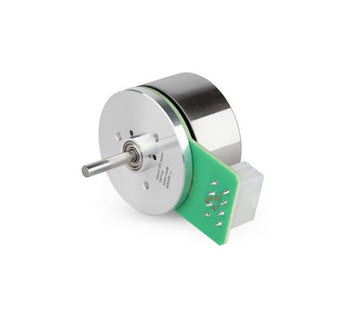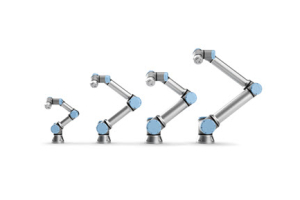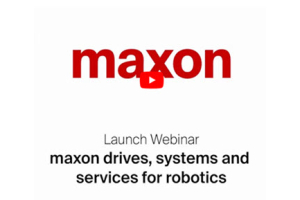
Losing a hand or a limb, no matter the cause, can turn everyday tasks into trials. The Michelangelo Hand prosthesis returns quality of life to those who have lost a hand. maxon DC brushless motors play a crucial role in the functioning of this prosthesis.
Michelangelo Hand
The Michelangelo Hand was developed by Ottobock in Vienna with the goal of replicating a human hand as much as possible and returning quality of life to amputees. Through years of experiments, the Michelangelo was developed. It can perform seven gripping movements, all triggered by contraction of the user’s muscles in the stump. The development was not easy, as all electronic and mechanical components had to be miniaturized and the prosthesis had to be lightweight. At completion, the Michelangelo weighs 520g and is comfortable for the user to wear.
The Role of maxon Drives
The gripping functions of the hand are driven by a brushless maxon motor (EC10) and an adapted EC45. The first motor oversees driving the thumb and has ironless winding with a worm shaft, customized by maxon motor. The second controls the main drive for the index and middle fingers, with the ring and little fingers moving passively.
The drive system ultimately had to have high power density, run smoothly, and be resistant to high axial shift loads. maxon’s brushless DC motors meet these requirements.
Human Interface
In order to interface the prosthesis with the human body, electrodes are used to measure electrical pulses in the muscles at the stump. These signals are then sent to a processor. The Axon-Bus data transfer system is incredibly fast and reliable, making handling the prosthesis easier and intuitive. The harder a user tenses their muscles, the faster and stronger the hand grips. Simultaneously, the thumb measures the closing force, allowing for accurate control of gripping force when an object is at risk of falling.
To learn more about the Michelangelo Hand and its maxon drives, read the full article here or contact Electromate now.





